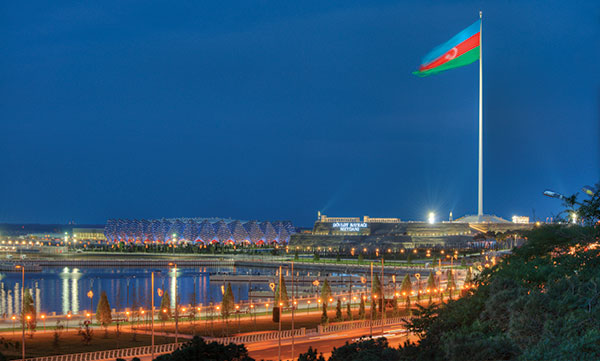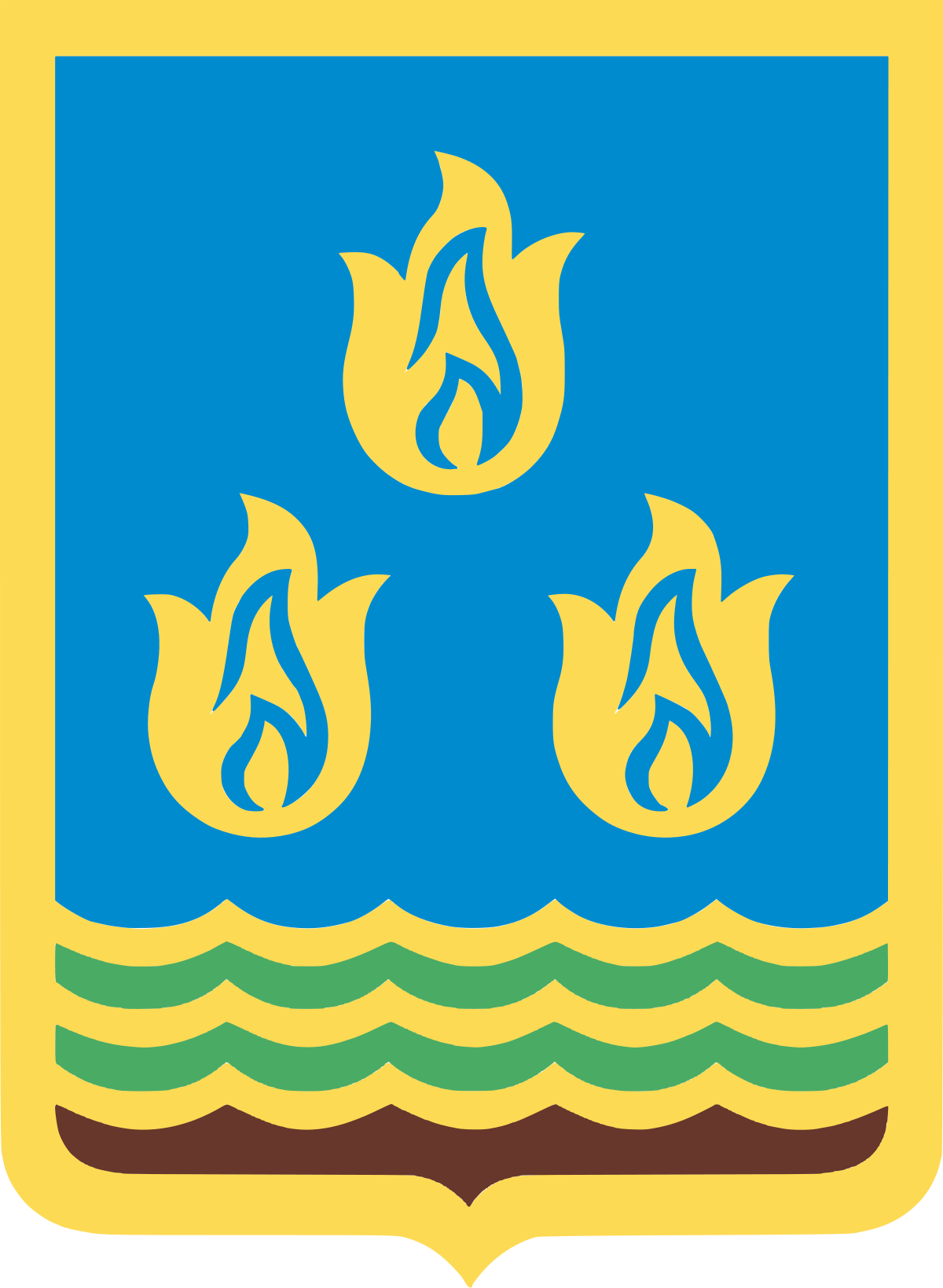INFORMATION ABOUT BAKU

Baku is the capital of the Republic of Azerbaijan. It is a large scientific, cultural and industrial centre. Ancient foundations, a large area and a population all make Baku one of the oldest and largest cities in the East. Baku is situated on the shore of the Caspian Sea in the south of the Absheron peninsula. It covers an area of 2.200 square km and has a population of 2 million. Baku has 11 administrative districts and 5 settlements.
People have lived and founded their settlements in Baku city and the Absheron peninsula since ancient times. This was motivated by continuous migrations from north to south and from west to east due to the physical and geographical conditions, a favourable location in the centre of trade routes that crossed the Silk Road, climatic conditions, production of petroleum fuel in ancient times and the availability of large power resources.
Baku was first mentioned in the Book of the Dead by the Egyptian Pharaoh Minesan in 3,500 BC. The ancient age of Baku is also evidenced by stone carvings dating back to 12,000 years ago and archaeological excavations. Another important piece of evidence is a stone carving by August Guy Octavio, who reflected the stationing of a military camp under the rule of the Roman emperors Pompey and Lucius near Baku (40 km to the south) for the purposes of seizing the southern Caucasus in the 1st century BC. This means that Baku is nearly 5,500 years old.
Baku was one of the main cities in the Shirvanshakhs State in the 12th century, in the Sefevids State in the 14th century, in the Ottoman Empire in the 16th century, and became the capital of the Baku khanate in the 17th century.
 BAKU CITY EXECUTIVE POWER
BAKU CITY EXECUTIVE POWER
After Baku became a provincial capital in 1860, its executive authorities had the following names:
- The Baku City Duma — established in 1870. One of the richest administrations in the Russian Empire.
- The Executive Committee of the Working Deputies Council of Baku — 1939-1977
- The Executive Committee of National Deputies Council of Baku — 1977-1991
- The Executive Power of Baku City — 1991.
The Executive Power of Baku City is headquartered at 4, Istiglaliyet Street. The construction of the building of the Executive Power of Baku City commenced in 1900 and finished in 1904. Polish architect I. Goslavski (born in Warsaw in 1865 and died at the age of 39 in 1904. Head architect of Baku in 1892) widely used the baroque style and classic construction methods in the construction of this building. This building was the architect's last work. The facade was decorated with red brick, brought for this purpose from Italy, and coloured marble.
The central part of the building facade bears the emblem of Baku. Three golden torches in the central part of the emblem symbolize Azerbaijan as the land of fire. The first emblem of the city was confirmed in 1840.
The second emblem was accepted in 1890, the third in 1967 and the present one in 2001.



